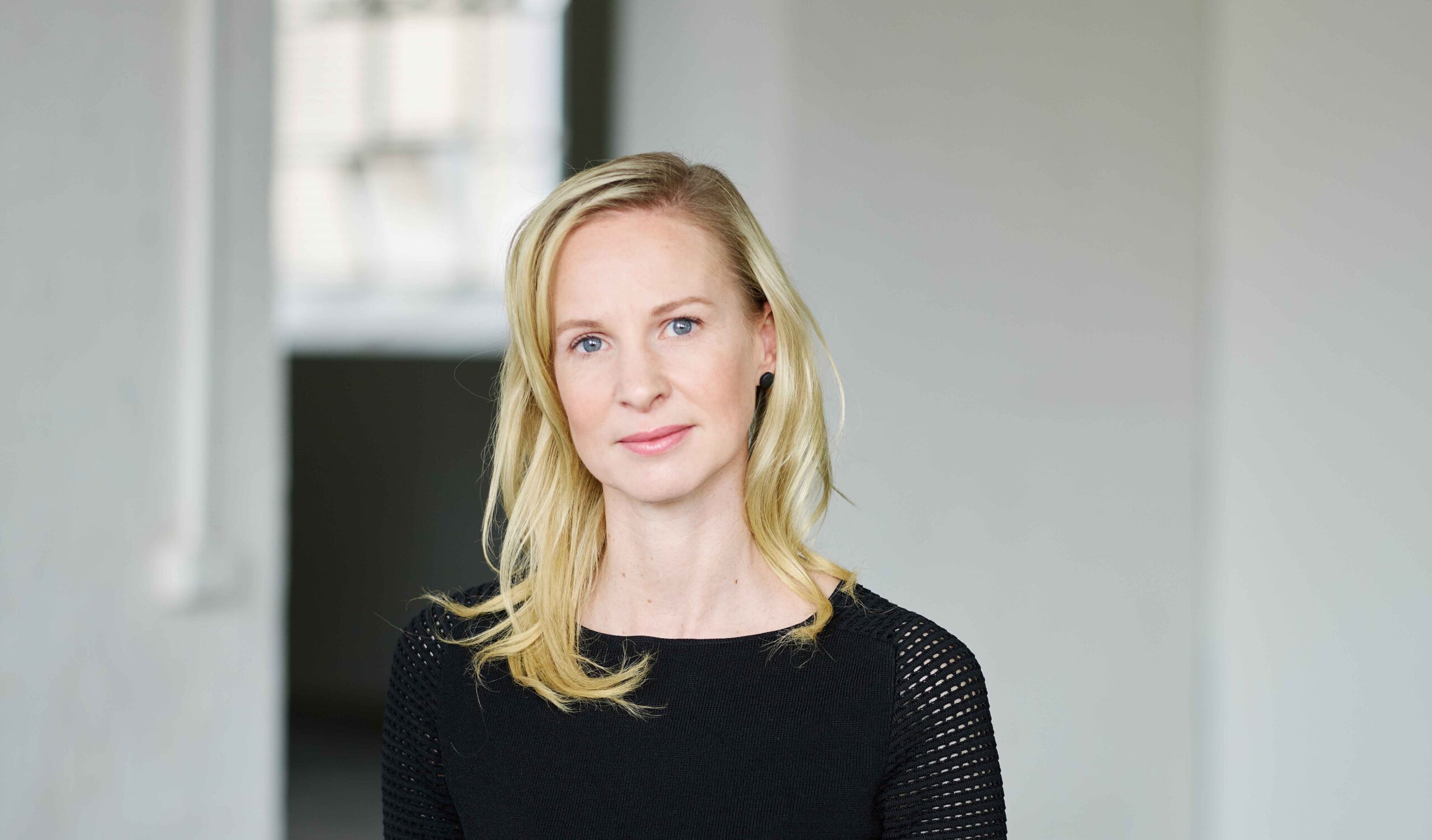The Melbourne CBD office market goes from strength-to-strength while Perth records the second highest quarterly net absorption figure across CBD office markets in 1Q17 JLL Research has released 1Q17 statistics on national office markets. The figures showed positive net absorption of 58,300 sqm over the quarter across CBD office markets and 327,600 sqm over the past 12 months. The national CBD office market vacancy rate was reported at 11.4% in 1Q17 – a 1.0 percentage point reduction from 1Q16 (12.4%). JLL’s Head of Research – Australia, Andrew Ballantyne said, “The office sector is a barometer of business confidence levels across corporate Australia. Multiple reasons exist for optimism on the office leasing markets – economic growth is positive, a number of companies surpassed profit expectations in the half-yearly reporting season and job advertisement surveys have trended higher.” “From a demand perspective, Melbourne is the standout performer with strong net absorption recorded. Sentiment has turned positive in the resource-dependent markets of Brisbane and Perth and we have seen tangible signs of recovery in both markets,” said Mr Ballantyne. The Melbourne CBD recorded the strongest quarterly net absorption result in 1Q17 (+36,800 sqm) and vacancy compressed to 7.5% in 1Q17. Mr Ballantyne said, “Following on from the strongest net absorption result since 1978, Melbourne was the standout performer in Q1. Melbourne is a microcosm of corporate Australia and the broad-based industry sector take-up in the Melbourne CBD is reflective that the net balance of Australian companies are in expansionary mode.” Stronger than expected leasing activity has provided confidence for landlords to push rents higher and pull back on the level of incentive offered. Melbourne CBD prime gross effective rents increased by 4.2% in the quarter and were up 14.3% over the 12 months to 1Q17. Sydney and Melbourne sit at the top of global office market rent expectations in 2017. Rental growth was even stronger in the Sydney CBD with prime gross effective rents increasing by 7.3% in 1Q17 and by 22.6% over the past 12 months. Sydney CBD net absorption in 1Q17 (+2,200 sqm) was curtailed by a shortage of contiguous space. Vacancy trended lower to 7.3% and is now at very tight levels in the Core (5.9%), Midtown (3.6%) and South (1.4%) precincts. Furthermore, strong leasing enquiry and activity across the remaining space within International Towers Sydney at the Barangaroo South precinct will assist in pushing Sydney’s vacancy rate lower in 2017. JLL Head of Office Leasing – Australia, Tim O’Connor said, “The strength of the NSW economy and the expansion of small to mid-sized organisations is supporting leasing market fundamentals in all Sydney office markets. New development activity has commenced in North Sydney and Parramatta, but these developments will only partly alleviate tight leasing market conditions and will take time to flow through.” Vacancy in the Sydney Fringe (3.3%), Parramatta (3.6%) and Sydney South (6.3%) are all tighter than the Sydney CBD. The vacancy rate in Parramatta is now at the lowest level since March 1990. The leasing market recovery in the Perth CBD gathered momentum with net absorption of 15,200 sqm recorded in 1Q17. The Perth CBD net absorption figure made it the second strongest CBD office market behind Melbourne. Vacancy tightened to 23.3% and the divergence between prime and secondary grade vacancy widened. Mr O’Connor said, “Higher commodity prices have positively impacted sentiment in the Perth CBD office market. We have seen a sharp reduction in sub-lease availability as miners and their service providers withdrew space, while the value proposition of the CBD has stimulated centralisation activity.” The improvement in the Brisbane CBD leasing market continued into 1Q17. We recorded 9,800 sqm of net absorption and a reduction in vacancy to 16.4%. Prime gross effective rents were flat in 1Q17 providing further evidence that Brisbane is at the trough of the rental cycle. Mr O’Connor said, “We are closely watching for a reversal in interstate migration trends and the affordability of Brisbane house prices relative to Sydney precipitating migration into SE Queensland. Population growth increases the demand for services and is positive for leasing enquiry and activity.” The Adelaide CBD recorded a modest correction in vacancy to 16.7% in 1Q17. The spread between prime (11.5%) and secondary grade (19.7%) widened further in 1Q17 as tenant demand was firmer for better quality assets. The Canberra office market vacancy rate was unchanged in 1Q17 at 11.7%. However, the prime grade vacancy is the lowest across CBD office markets at 6.4% – the lowest since 2Q08. Mr Ballantyne said, “While Canberra does not experience the same rental volatility as Sydney / Melbourne, limited options in Civic and Barton is exerting upward pressure on rents. Prime gross effective rents increased by 1.4% in 1Q17 and were up 2.4% over the past 12 months.” “A shortage of contiguous space options in Sydney and Melbourne will lead to higher tenant retention rates over 2017 and 2018. Tenants will need to explore the potential for pre-commitment if they want to secure office space that supports the growth objectives of their organisation. “In Brisbane and Perth, landlords will be closely watching the improvement in leasing market activity to assess the depth and quality of enquiry, ultimately looking for opportunities to scale back incentives,” concluded Mr



